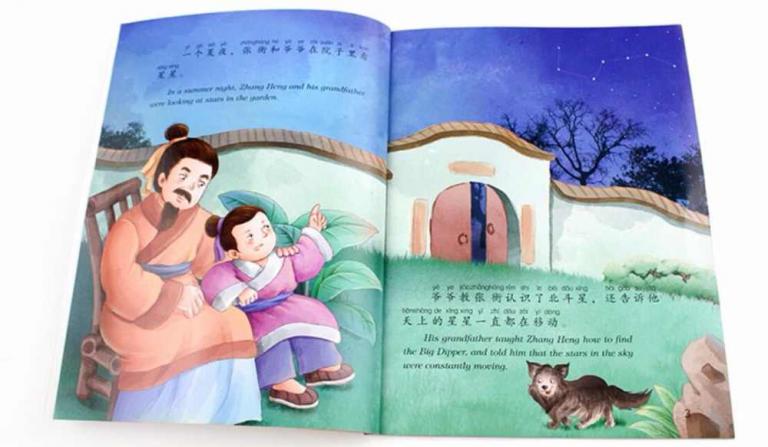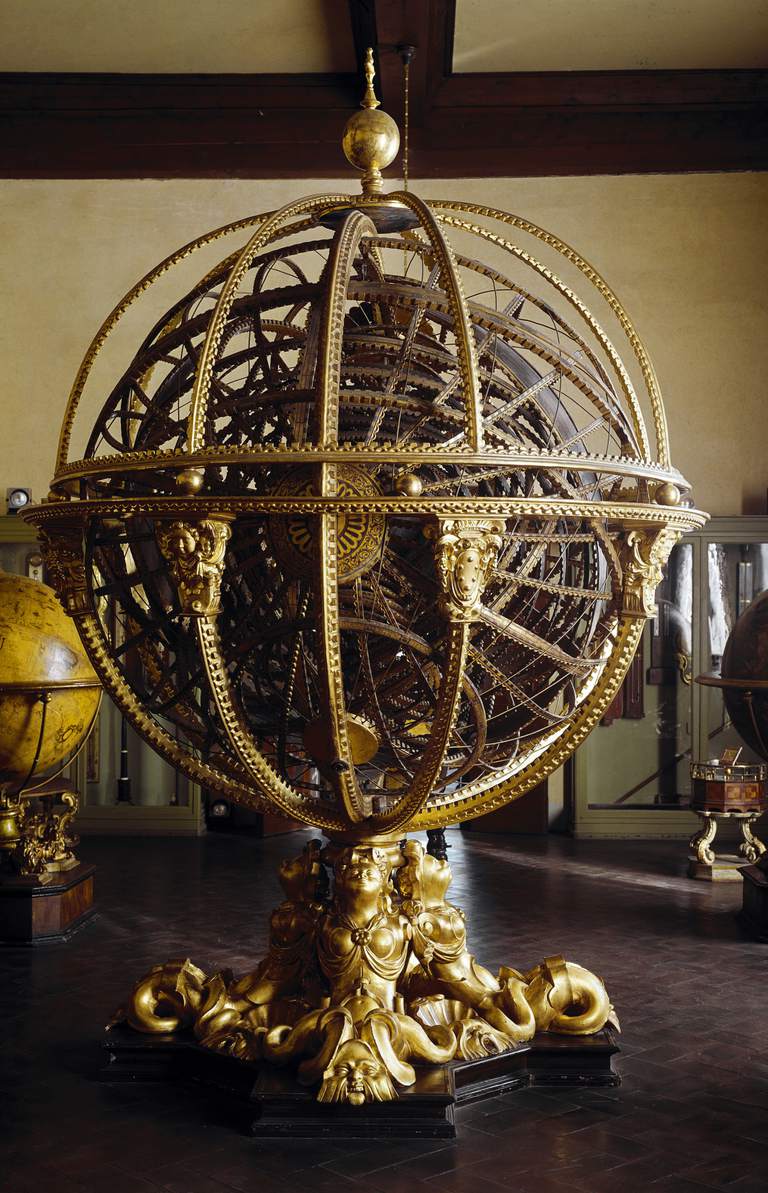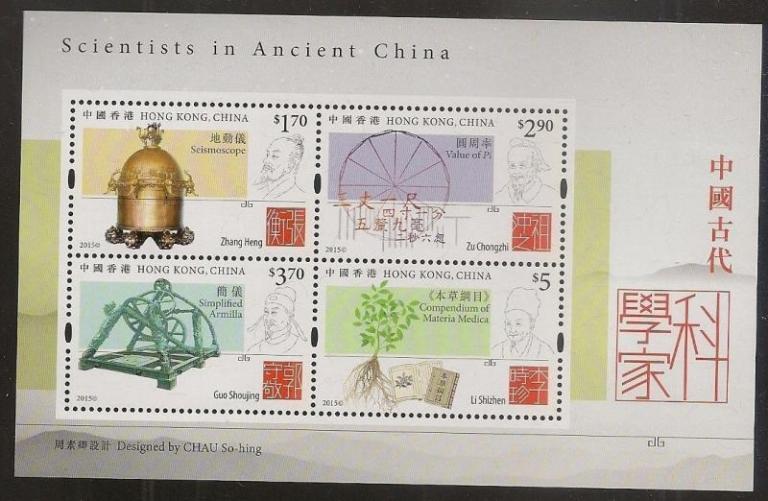Scientific Contribution of Zhang Heng in China
3 min readZhang Heng (73-139) was a well-known scientist, thinker and writer. He lived almost in the same period with the ancient European scientist Claudius Ptolemaeus (90-168), both being world-renowned scientists.
Ancient China had three schools of knowledge on the universe structure(theory of hemispherical dome, theory of eggshell and yolk, and Xuanye theory of universe), of which the most prominent representative was that of ZhangHeng’s. In his work Illustrated Instructions for Armillary Sphere Making, he compared the heaven to an eggshell and the earth to the yolk, the former being larger than the latter.

The heaven and earth are separately held erect with air, while float on water. The universe outside the”eggshell”could, in his belief, be infinite in terms of time and space. In one of his works Spiritual Constitution of the Universe, Zhang pointed out three stages of the genesis and evolution of the heaven and the earth:① the stage of empty space;②stage of vitality, arising from the nothingness-to-existence mutation;③ stage of evolution into perfect vitality, that is, realization of mutation from intangible to tangible and from out-of-order to orderly, based on which the heaven, the earth and all things on earth took shape.
Zhang also designed and produced a series of instruments, of which the most important ones include a water-flow driven armillary sphere and an earthquake-direction indicating seismograph. He even linked up a celestial sphere and several water-drop leaking kettle timers in a gear system. The water-drop leaking kettle timers propelled the water-flow driven armillary sphere, which then rotated exactly one circle in a day todemonstrate the daily movement of the celestial body. The armillary sphere also put a mechanical calendar in motion to form an automatic mechanical calendar. The pioneering creation became the forerunner of the mechanical astronomical clock for later inventors. The earthquake-direction indicating seismograph was the world’s first instrument for measuring and recording details of earthquakes. With the device, successful monitoring of an earthquake was made at Lintao of Gansu in the 3rd year of Yonghe reign of Emperor Shundi, Eastern Han dynasty (138), which was admired among the imperial officials and the public. That was the world’s first memoir on determination of an earthquake direction through observation. In addition, Zhang Heng also made other mechanical objects such as drum-wheel carriage with an odometer, compass carriage, and a wooden aircraft.
Upon a heated argument about revision of the Four-Quartering Calendar during Emperor Andi’s reign of Han dynasty, Zhang Heng pointed out convincingly that the decision to revise the calendar should depend on whether itturned out to be consistent with the result of astronomicalobservation rather than prophetical criteria. Because of his and other opponents’ protest, the attempt to practice calendar revision in accordance with prophetical criteria ended with failure. He even took the risk of being executed and presented a memorial to the throne for banning any prophetical book.

In addition, Zhang Heng also wrote a mathematic work General Introduction to Arithmeticwhich was lost later. Besides, he was a famous writer of Eastern Han dynasty and also listed among one of the six greatest painters of his time.
As inscribed on his gravestone by Guo Moruo,a Chinese author, poet, historian, archaeologist and government official, in 1956,”such a versatile talent remains quite rare in the history of the world.”









